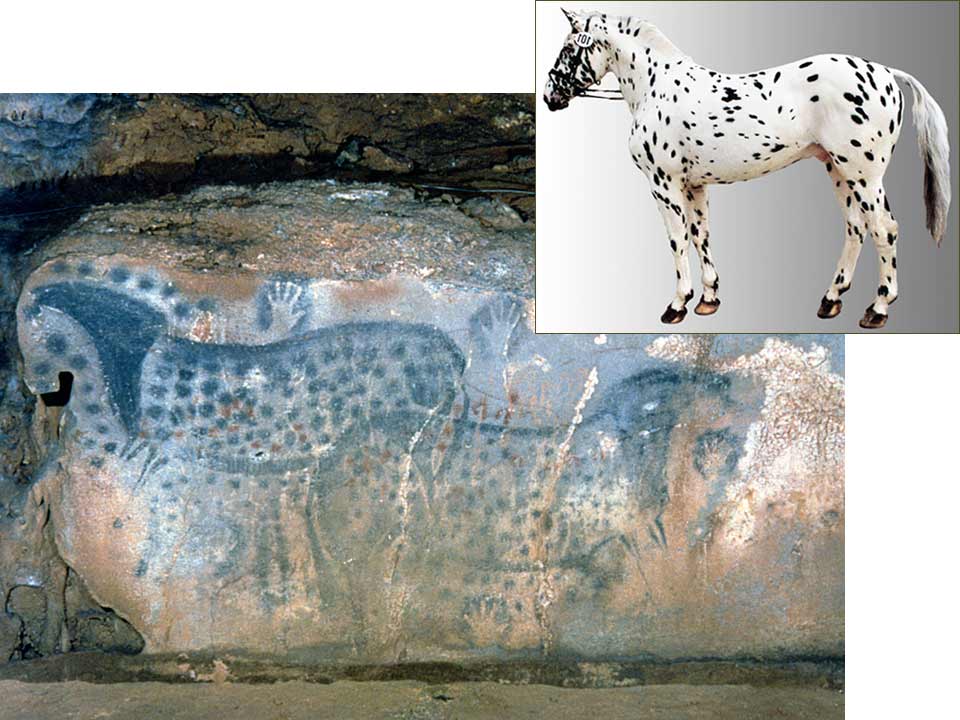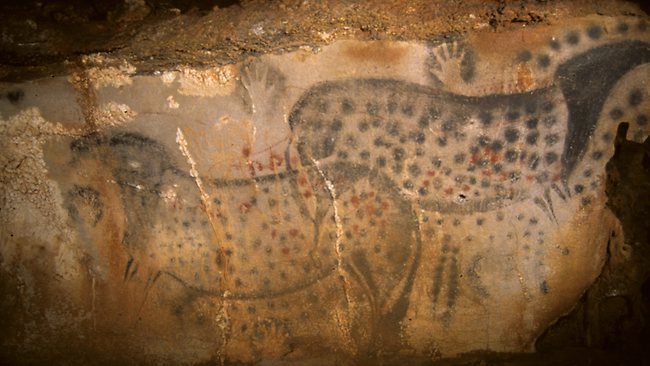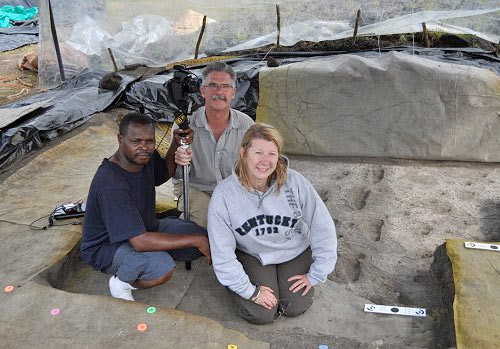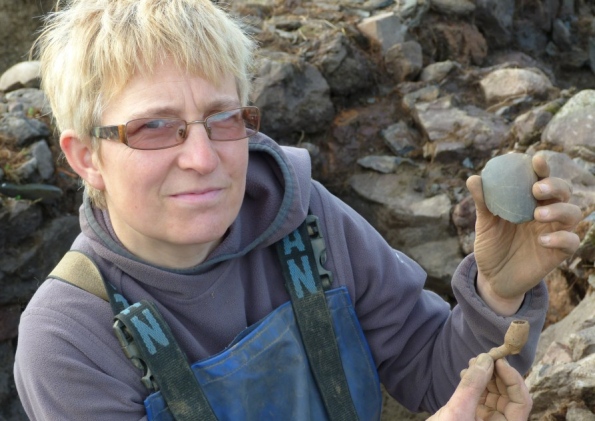
© The Bridgeman Art Library/Getty Images; Thomas Hackmann (insert) No flight of fancy? DNA evidence suggests that spotted horses (inset) probably existed at the time cave artists were painting them, for example, 25,000 years ago at this cave in Spain.
About 25,000 years ago, humans began painting a curious creature on the walls of European caves. Among the rhinos, wild cattle, and other animals, they sketched a white horse with black spots. Although such horses are popular breeds today, scientists didn't think they existed before humans domesticated the species about 5000 years ago. Now, a new study of prehistoric horse DNA concludes that spotted horses did indeed roam ancient Europe, suggesting that early artists may have been reproducing what they saw rather than creating imaginary creatures.
Archeologists have found more than 100 painted caves depicting at least 4000 animals in Europe, nearly all of them concentrated in southern France and northern Spain. They include France's
Chauvet Cave, dated to at least 32,000 years ago and featuring the earliest known cave art, as well as the roughly 15,000-year-old caves of Lascaux in France and Altamira in Spain. Nearly a third of the animals in painted caves are horses; and nearly all of the horses are rendered in brown or black, similar to the bay or black colors of today's horses.
But a small number of caves, including 25,000-year-old Pech Merle in southern France, feature horses painted white with black spots. Some archaeologists have argued that this leopardlike pattern was fanciful and symbol laden rather than realistic. Indeed, in a 2009 analysis of DNA from the bones of nearly 90 ancient horses dated from about 12,000 to 1000 years ago, researchers found genetic evidence for bay and black coat colors but
no sign of the spotted variety, suggesting that the spotted horse could have been the figment of some artist's imagination. Although researchers can only speculate on what prehistoric artists were trying to express, hypotheses range from shamanistic and ritualistic activities to attempts to capture the spirit of horses and other animals that ancient humans hunted.







Comment: Read The True Identity of Fulcanelli and The Da Vinci Code by Laura Knight-Jadczyk to learn more about the secrets hidden in Leonardo da Vinci's work.